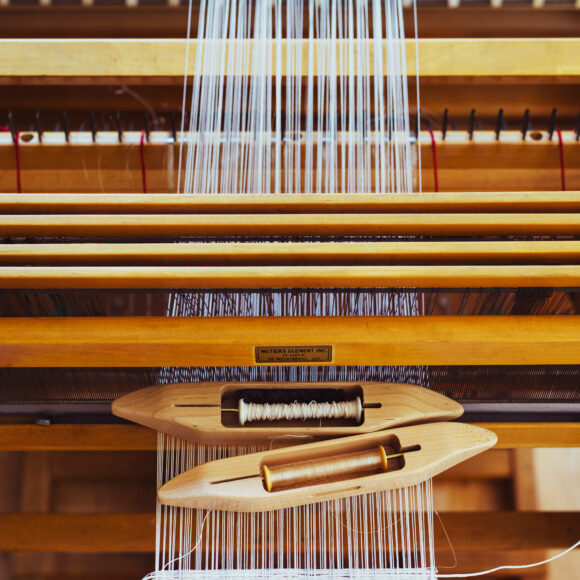The École des métiers commerciaux de Montréal opened its doors in September 1946 at 1265 St. Denis Street, on the corner of St. Catherine Street, in a newly renovated building formerly occupied by Université de Montréal. It was created by the Ministry of Social Welfare and Youth to meet the growing demand for training for civilians and demobilized soldiers after the war, and to offer working youth a path towards management in the booming industrial sector. Originally called the École centrale des Arts et Métiers, the school was officially inaugurated in March 1947 in the presence of various politicians, including Quebec Premier Maurice Duplessis and the Minister of Social Welfare and Youth, Paul Sauvé, and the school’s first director, Benoît Laberge.
Offering programs like hairdressing, professional cooking, baking, hospitality, and millinery, the school welcomed over 1,000 students ages 16 to 20 under the direction of 50 teachers when it first opened.
Also known as the “workers’ university,” the institution was designed to adapt to the needs of the market. In 1952, the programs were reorganized and the school was expanded to accommodate more students. The director at this time was Paul-Émile Lévesque.
Three sewing programs were offered: tailoring (menswear), dressmaking (including haute couture) and industrial sewing. In 1947, the dressmaking program had 186 day students, primarily in the haute couture section. Another 659 students attended night classes, most of whom took the industrial sewing program. In 1947, Gérard Le Testut was in charge of the dressmaking program while Napoléon Dubeau ran the tailoring program.
According to the 1959 program, sewing students, with the exception of those in industrial sewing, had to take a comprehensive two-year training program that included classes in everything from fashion drawing to production techniques and textiles, along with introduction to business, geometry, morphology, arithmetic, French and sociology.
In addition to studying pattern making, students in the sewing programs had to produce approximately 500 basic models. Sometime in the 1950s, the school became the École des métiers commerciaux de Montréal.
In 1968, authority for the school was transferred to the Commission scolaire de Montréal and the institution was relocated to the building that used to house the École des métiers féminins, on the corner of Berri Street and René-Lévesque Boulevard. The school’s former site was then given over to the new Institut de tourisme et d’hôtellerie du Québec. Before the school had finished moving, in 1969 the St. Denis Street building was destroyed by fire and many historical artefacts were lost.
Until the creation of college fashion programs in the 1970s, the École des métiers commerciaux was a leading provider of haute couture training in Quebec. Numerous Quebec fashion designers attended the school, notably Leo Chevalier, Mario Di Nardo, Marielle Fleury, François Guenet, John Albert Kelly, Jean-Claude Poitras, Michel Robichaud and Michel Vaudrin.
Sources
Dubeau, Napoléon et Eugène Savard, Confection du vêtement masculin, Montréal, Office des cours par correspondance, 1954. (Tome 1et 2).
Le Testut, Gérard, Esquisse d’un cours sur le vêtement féminin, Montréal, Service des cours par correspondance, 1945, 107 p.
Publication date
01/10/2004
Writing
Dicomode





